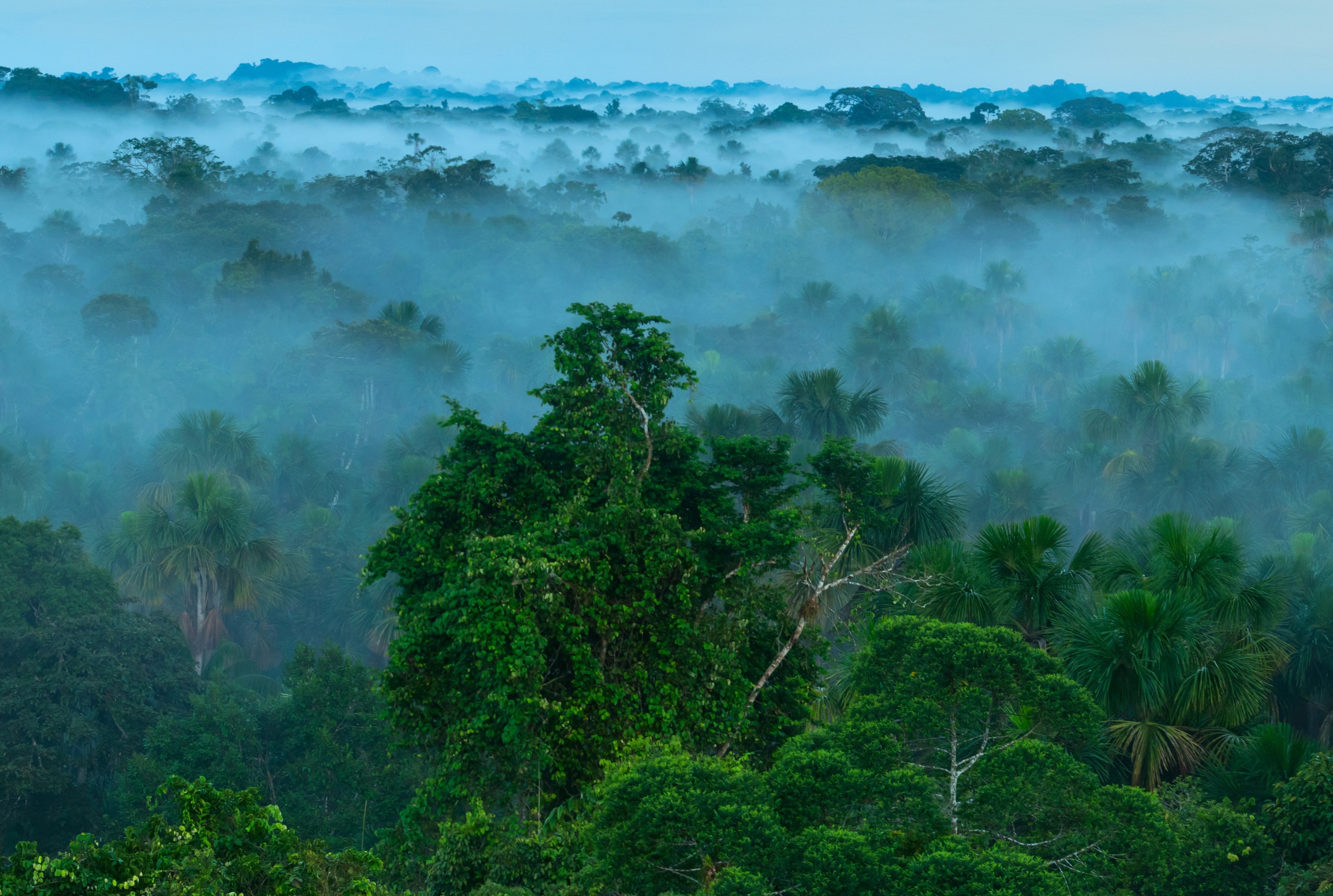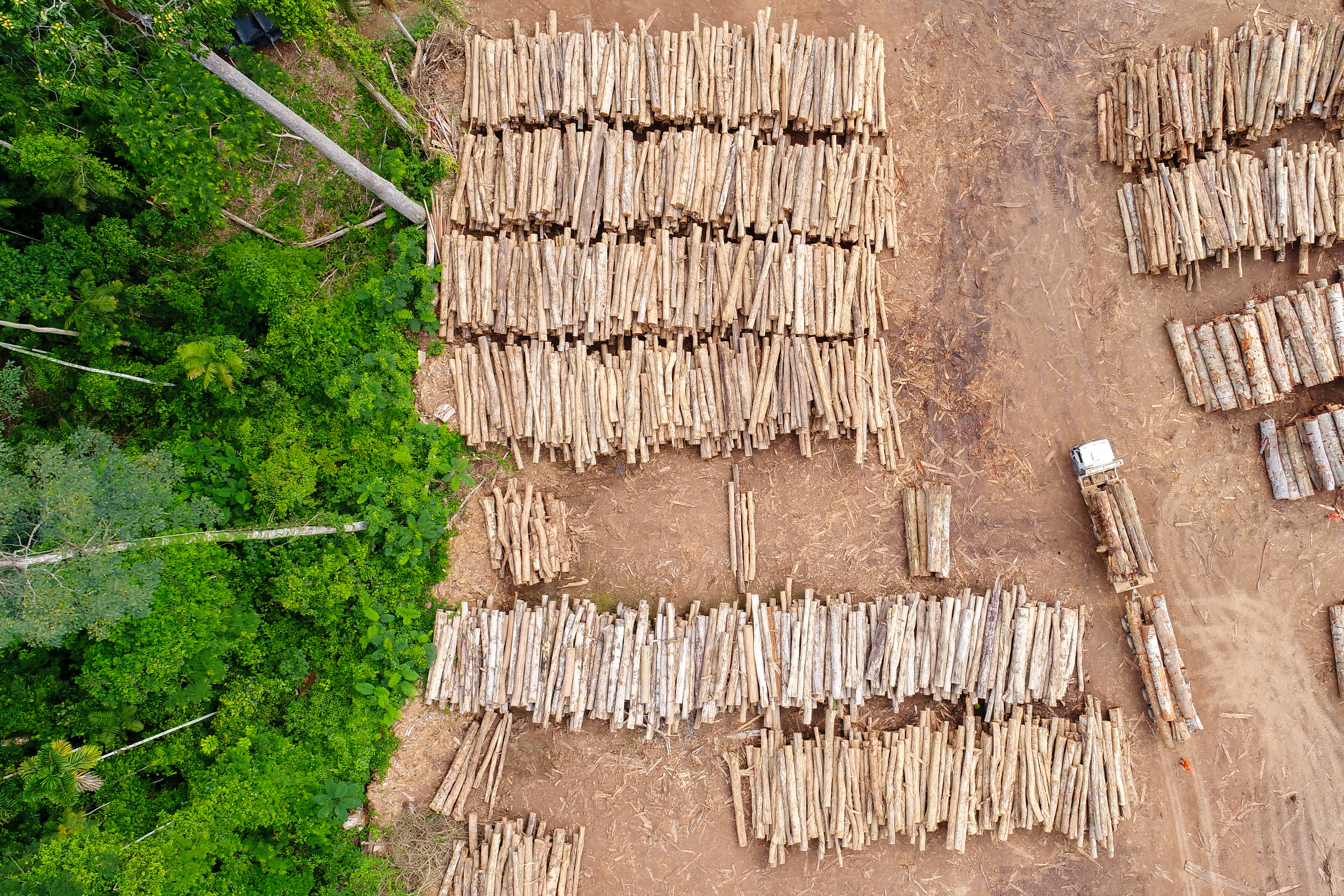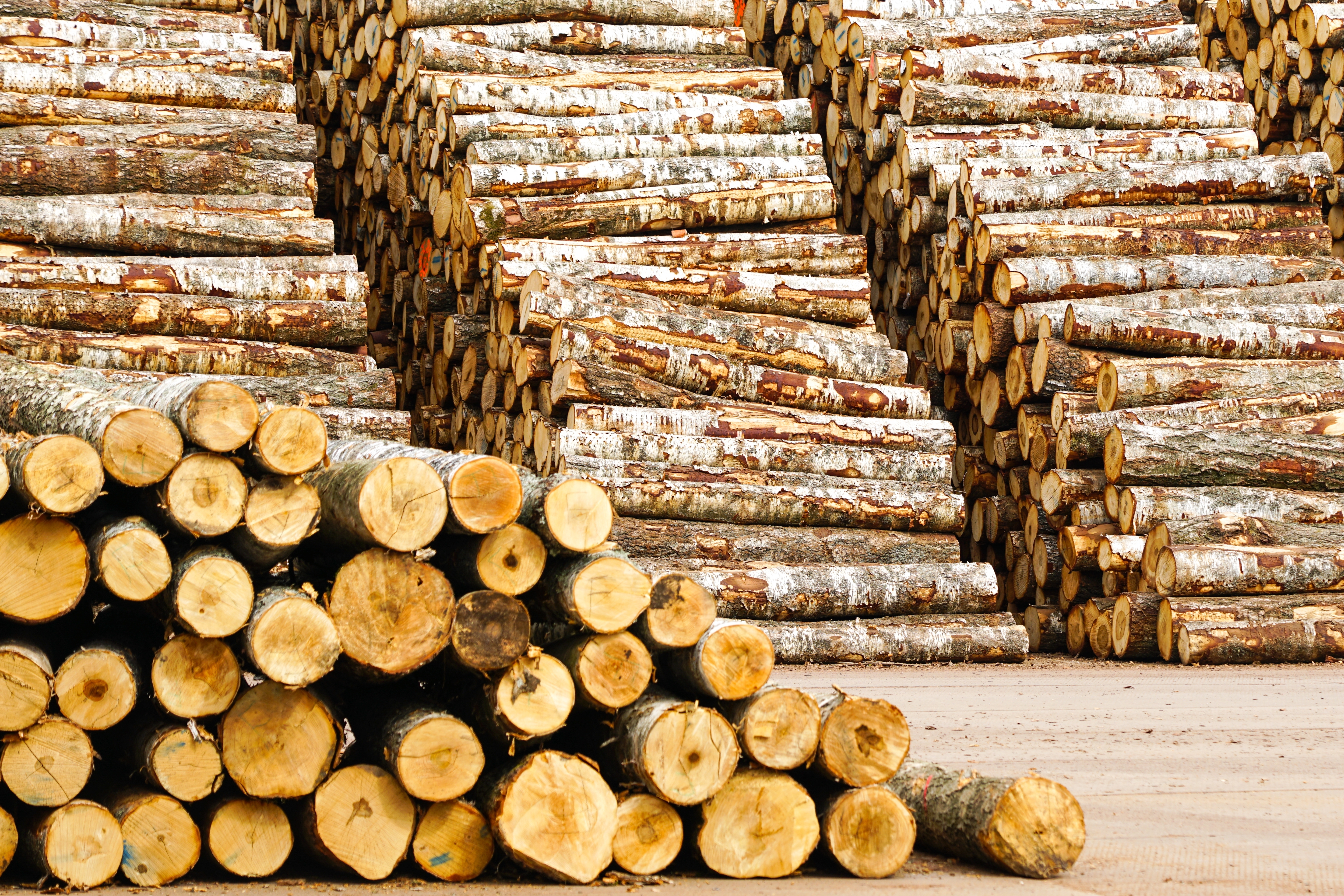Earthsight has obtained new documents revealing the leather industry’s latest desperate attempts to exclude leather from a planned EU regulation to protect the world’s remaining forests. This despite leather being an imported commodity with a far higher risk of deforestation than others, including even soy or beef.
Last month, an Earthsight analysis detailed how the European leather industry falsely claimed that there is no link between leather products and deforestation, and that it would be impossible to trace leather back to farm, in a bid to escape the deforestation-free products law. In letters to one MEP, the Conseil National Du Cuir (French Leather Council) and the European Confederation of the Footwear Industry asked for leather to be excluded from the scope of the regulation.
Next week, the European Parliament Committee on the Environment, Public Health and Food Safety (ENVI) will vote on amendments to the proposed regulation. As previously reported, MEP Christophe Hansen tabled an amendment suggesting dropping leather from the scope of the law, but support for this amendment is dwindling based on European Parliament sources heard by Earthsight.
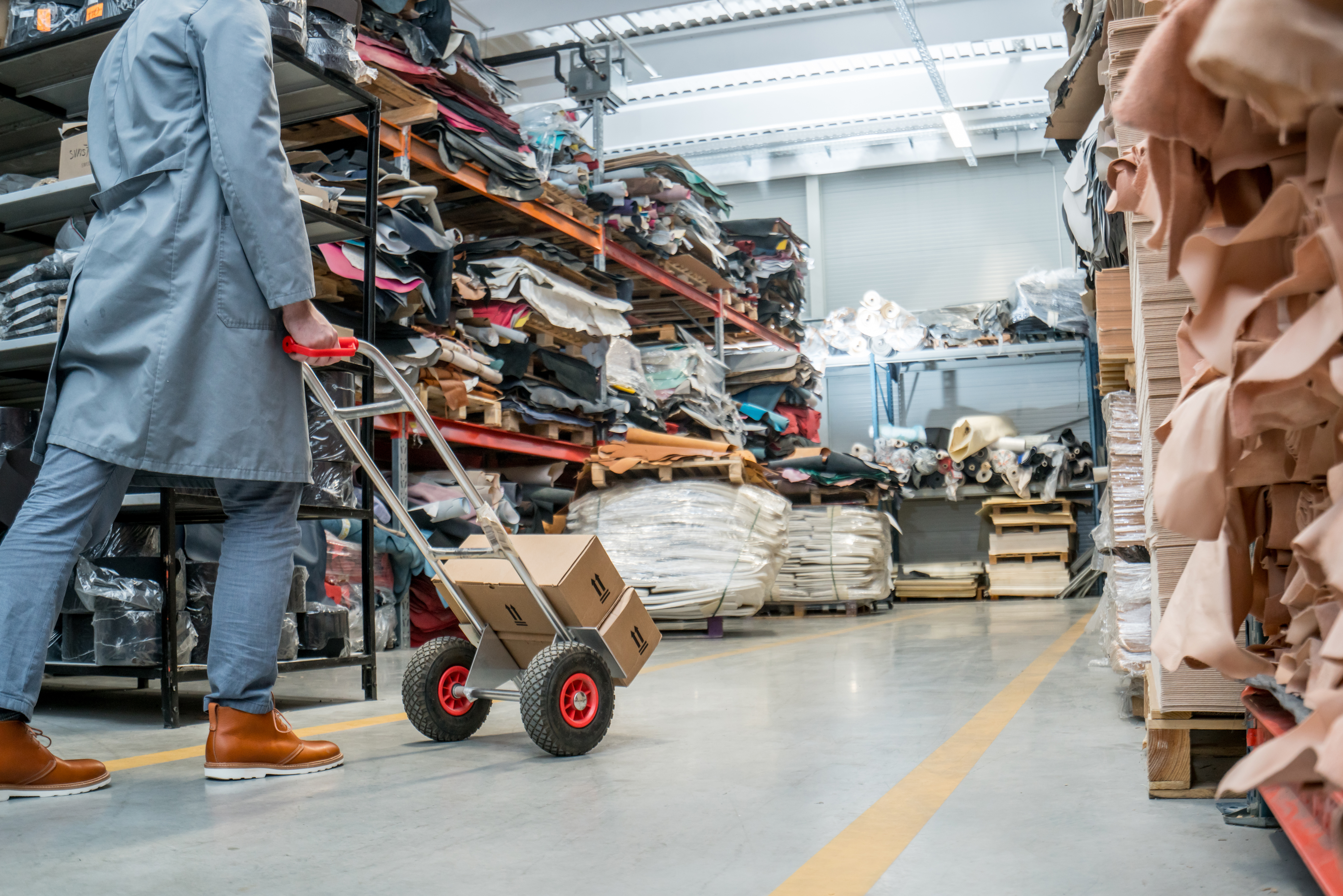
Leather warehouse
The new documents obtained by Earthsight were sent by the Secretary General of The Confederation of National Associations of Tanners and Dressers of the European Community (COTANCE) earlier this week to at least one MEP who is a member of the ENVI Committee.
COTANCE’s email to the MEP says “[w]e are aware that there is big pressure from activist organisations with well orchestrated lobbying campaigns towards MEPs asking that the proposed amendment 98 excluding leather is dropped. Please resist!”
According to its Secretary General, COTANCE’s members “don't understand how the Commission could have believed leather to be a driver of deforestation.”
COTANCE also complains to the MEP that it and others in the leather industry had not been consulted, despite the Commission running a 12-week internet-based public consultation in 2020.
COTANCE’s email is accompanied by an attached ‘fact sheet’, providing an array of misinformation for which Earthsight has previously set the record straight.
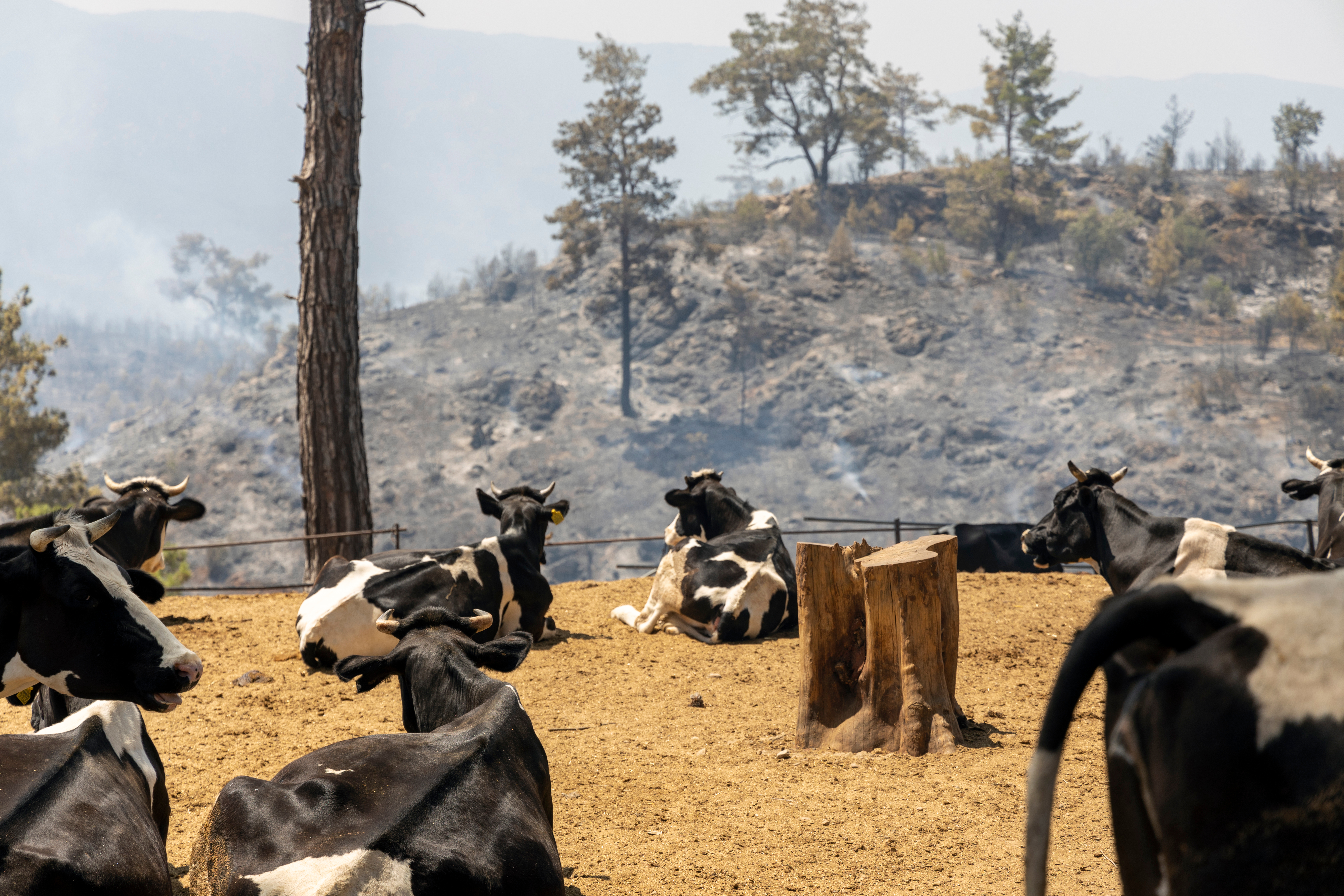
Cattle survivors of fire look at burning trees
Below is a quick recap of the industry’s three favourite claims and why policy makers mustn’t believe them:
Leather is only a by-product (spoiler: it’s not). As others in the industry regularly do, COTANCE’s ‘fact sheet’ claims that “hides are by-products of the Meat & Dairy sector; they don’t drive cattle breeding or slaughter.” Far from being just a by-product, the global leather goods market was valued at over US$400 billion in 2021. More, meatpacking plants sometimes only operate at a profit thanks to the sales of leather and other co-products. Being an integral part of the cattle industry, the leather sector could use its leverage to achieve change in the cattle supply chain rather than continue to look away and provide European consumers with leather linked to deforestation and human rights abuses abroad.
Tracing leather supply chains is impossible (spoiler: it’s not). Another familiar false argument put forward by COTANCE is that “[o]fficial traceability works for meat and meat products, but not for by-products. As buyers of by-products and products derived from by-products (leather), tanners in the EU can only expect receiving [SP] traceability information from their immediate supplier, but not from any precedent link.” While it is true that leather is currently not traced back to indirect suppliers, it is false to state that this will never be possible. It merely shows that industry self-regulation is insufficient. If traceability will be required for other cattle products covered by the planned regulation, it is hard to see why this should not also be possible for leather. Regardless of particularities in the leather market, the hardest node to identify in cattle supply chains is that between farms and slaughterhouses. This part of the supply chain is the same for any cattle product.
There is no evidence that links leather to illegal deforestation (spoiler: there is plenty). COTANCE also claims that “[n]obody has ever been able to respond to the question of how many hides or skins are actually derived from animals having been raised in illegally deforested areas. Compared to the total amount of hides or skins derived from legally raised animals, this amount can’t but be marginal.” Apart from the fact that the upcoming regulation will ban products from both illegally and legally deforested areas, there is ample evidence linking leather consumed in Europe to both. Earthsight, Rainforest Foundation Norway and The New York Times have shown multiple times that tanneries, manufacturers, and slaughterhouses in producer and consumer markets are linked to ranches implicated in deforestation, including illegal deforestation. Further, the independent trade data platform Trase has shown that, per US dollar, leather imported to the EU carries a much higher risk of deforestation than cocoa, palm, soy, or even beef.
See here for Earthsight’s full analysis on the leather industry’s false claims.
MEPs must now do what is right for the world’s remaining forests, the people who depend on them, and the climate and vote for the inclusion of leather alongside other key forest-risk commodities in the regulation on deforestation-free products.
The vote in the ENVI Committee will take place on 11/12 July, and a plenary vote in the European Parliament is expected in September. The trilogue negotiations, attended by the Council, European Parliament and European Commission, are likely to conclude before the end of the year.
